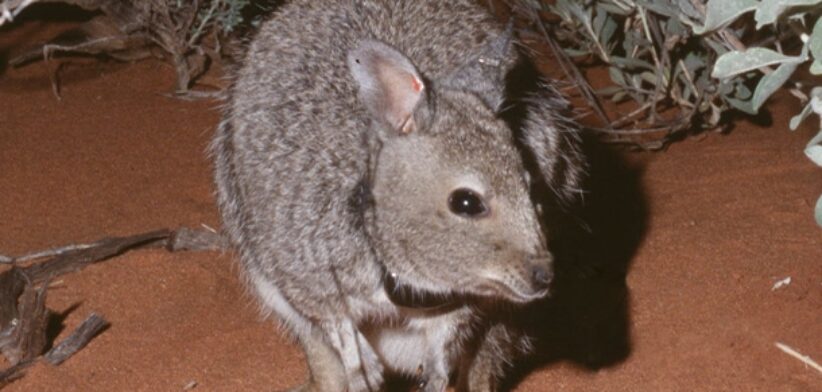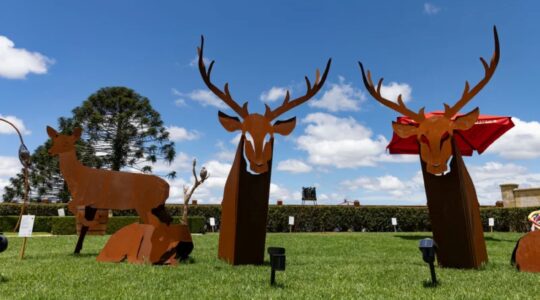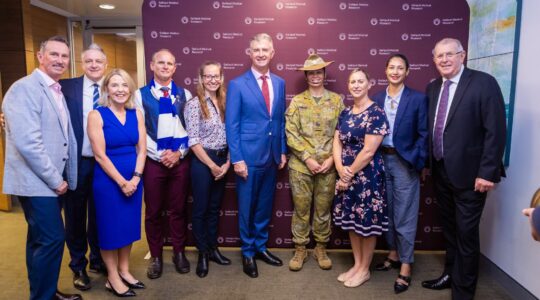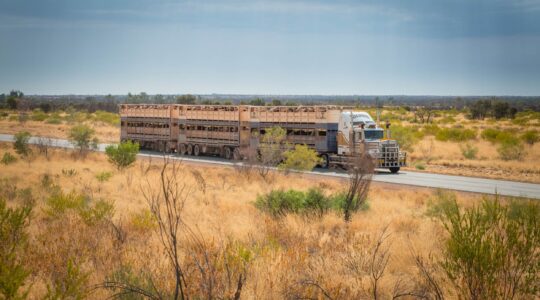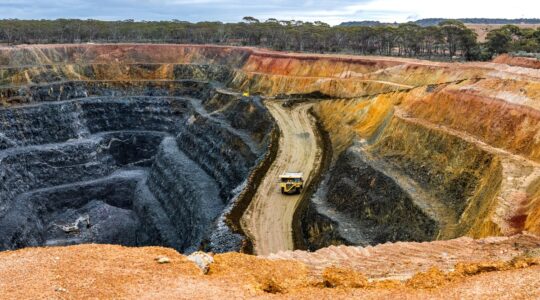A sanctuary island is being established off the coast of South Australia as a refuge for nationally threatened mammals.
The privately-owned Flinders Island, South Australia’s fourth largest island, will benefit from almost $5 million in Federal and State funding to transform the 4000ha piece of land, surrounded by the Investigator Group Marine Park protected area.
Federal Environment Minister Tanya Plibersek the island featured 50km of diverse coastline and native vegetation covering about 75 percent of the island, making it an ideal haven for some of the country’s threatened species.
Minister Plibersek said the transformation project would start with a pest eradication program to allow for the reintroduction of a number of threatened native animals, including the banded hare-wallaby.
“The island is privately-owned by the Woolford family, who are dedicated to creating a space for threatened species and are working with a skilled team of ecologists to enhance the island’s ecosystem,” she said.
“Currently, visitors from around the world visit the island to appreciate its stunning natural environment and play a key role in protecting the island from unwanted pests and diseases.”
Minister Plibersek said targeted eradication operations would run until December this year, in an attempt to rid the island of feral cats, rats and mice.
She said the baiting operations would occur outside of shorebird and seabird breeding seasons.
South Australian Environment Minister Susan Close said subfossil remains of native mammals, including the tammar wallaby and southern brown bandicoot, indicated the diverse range of small mammals that once inhabited the island, but became extinct there after the pests were introduced in the mid-1900s.
“In South Australia, more than 1100 of our plants and animal species are listed as threatened under SA’s National Parks and Wildlife Act,” Ms Close said
“Since European settlement, an estimated 73 species have become extinct in South Australia.”
The funding will be provided through the Federal Government’s Saving Our Native Species program ($3.8 million), with $1 million provided by the South Australian Government through the Eyre Peninsula Landscape Board.
